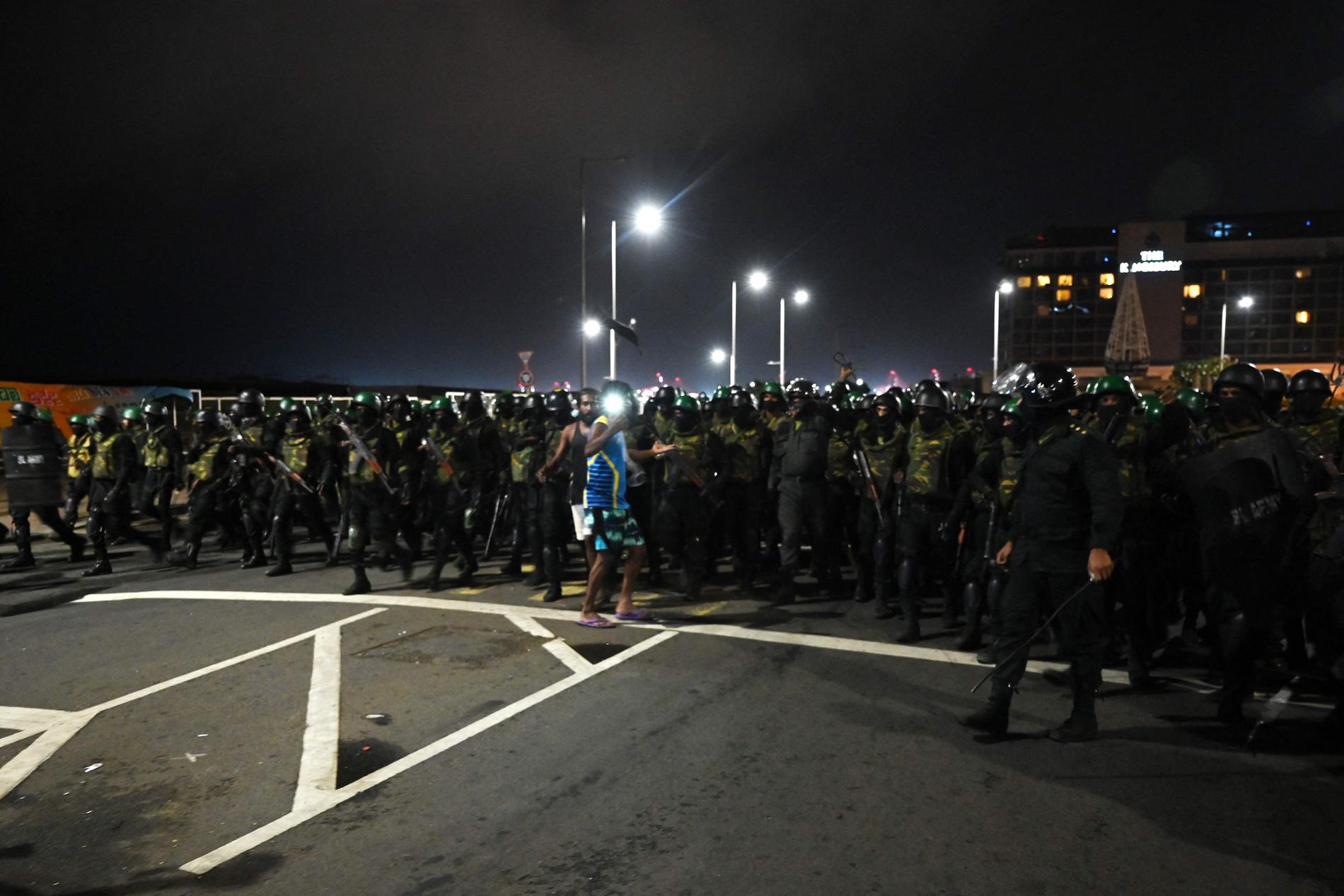The Norwegian Defense Research Institute (FFI) recently completed a research project with the aim of uncovering anonymous Norwegian websites that link to Russia-linked sources.
During the project, researchers made an even bigger discovery.
We found a global network of 443 fake online newspapers in 32 different languages. 14 of them pretend to be Norwegian newspapers online under the “.no” domain, says researcher and private consultant Eskil Grindal Sivertsen to Nettavisen.
The project was originally intended to investigate possible hidden Russian influence on Norway. However, the researchers did not reach any unambiguous results that revealed the locations of the Russian agent in Norway.
“The reason we included fake online newspapers in the report is to contribute knowledge and put people in a better position to develop source criticism, gain more digital competence and realize that there is a global network creating online newspapers to begin with,” Sivertsen says. “The outlook seems credible.”
FFI Report in English »Two Layers of Fog – Unidentified Norwegian websites link to Russian domains» Published this week.

Read also
Russia shares Zelensky’s ‘Nazi photo’ – the story behind it turns everything around
Here are the fake online newspapers in Norway:
- Yttersiden.no
- Topshineauto.no
- Thecoolgirl.no
- Norskmatkultur.no
- Securmarksykkel.no
- kjaira.no,
- Betzykrisesenter.no
- Citra2010oslo.no
- Vossblues.no
- Nyematoghelse.no
- Norskoffroadteknikk.no
- Easydisplay.no
- No.No
-
Kontrast1.no
Suspicious business model
Sivertsen says the FFI has not been able to map the content of Norwegian fake newspapers online to a particularly large extent. However, he hopes that other researchers and journalists will pick up on the topic and continue looking into fake online newspapers.
-We’ve taken some random samples and mapped enough that we can show some examples, but it would be interesting to see if the content has a political agenda or angle. “We haven’t investigated that,” Sivertsen says.
-We have not investigated the content in depth. He says at first glance, there appears to be financial motives behind this.

Read also
Police warn of scammers in the construction industry
Sivertsen says fake online newspapers can be divided into two categories and business models. One category relies on Google ad revenue as a business model, where the purpose is to lure readers to fake news articles.
The second category sells what is ostensibly editorial space.
– Anyone can buy clear editorial space and get a press release or news story published in what looks like a real newspaper. The fake byline and fake profile photo make it look like the story was written by a real journalist. This is problematic from a critical source perspective, Sivertsen says.
– A very vulgar name
Sivertsen says the actors purchased domains that could provide the fake newspapers and fake news stories with good traffic on Google.
– Domain names are very vulgar and do not suit the names of electronic newspapers. There are names like “betzykrisesenter.no”, “vossblues.no” and “securmarksykkel.no”. These actors purchase domains that already have a history on the Internet, and that have many websites associated with them. They then get a high rating on Google, he says.
– If you have a domain with many websites linked to it, Google will assume that this is a popular website and therefore it will end up at the top of the search list. The business model seems to be to rank high in Google searches.
– Those who are observant may find URLs such as “betzykrisenter.no” for an online newspaper. But if you don’t look closely, these sites look like real online newspapers, Sivertsen says.

Read also
– A good opportunity for Russia to influence Norwegian voters
AI can be misused
Sivertsen says fake online newspapers have a similar appearance and many common features. Websites pretend to be online editorial newspapers that automatically copy and translate content from real online newspapers. Also, no information was provided about who owns the “electronic newspapers.”
– This network has been going on for some time. But now that

“Coffee trailblazer. Certified pop culture lover. Infuriatingly humble gamer.”



